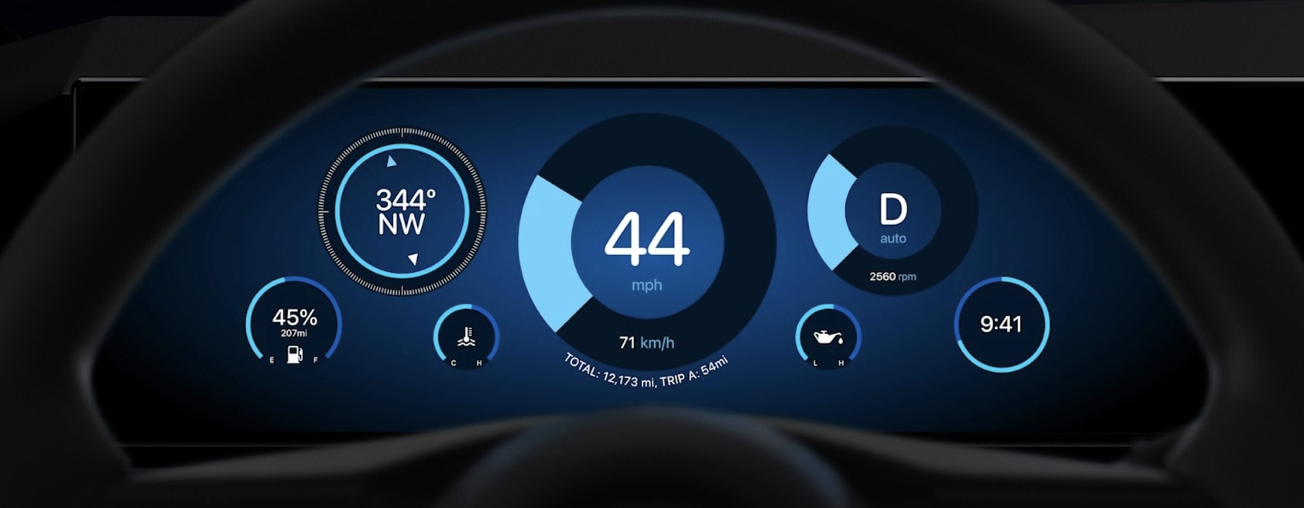At last month’s WWDC keynote, Apple announced that 98% of cars sold in the US are now compatible with CarPlay. This data point did not surprise me. What did surprise me are the updates coming to CarPlay next year and the fact that Apple has already signed up 14 major carmakers to rollout the tech.
These OEMs are turning over the most valuable real-estate inside the vehicle to Apple:

The evolution of CarPlay
CarPlay was announced in 2014 with limited traction from carmakers. Over time, consumers demanded the feature and the number of compatible cars quickly grew. By 2018, CarPlay was offered by >75% of cars in the US and primarily focused on music and navigation. The goal of creating a simple and easy connection between the phone and the car was achieved. In 2020, CarPlay took another step forward by allowing OEM’s to optimize the experience with customization of the display and color palette.
Auto is ready to give Apple more UI control
With the next generation of CarPlay, Apple will fully control the dashboard, essentially tripling its in-car real estate. The new UI will allow for Apple to control and monitor root functions of the car (such as speed, engine temp, windows, blind spot monitoring, HVAC, tire pressure, etc.) Gaining control of these root functions is notable because it effectively shifts the in-car experience from the hands of the carmaker over to Apple.
The future of CarPlay is in payments
A future feature on CarPlay’s roadmap is likely mobile commerce. The new UI will allow developers to add payments into CarPlay for purchasing fuel at gas stations. One important missing piece is understanding how Apple would make money. The current App Store Terms of Service allow Apple to charge a 15-30% take rate for in-app purchases of digital goods. Physical goods are monetized through Apple Pay, which carries a take rate of less than 0.5%.
According to Reuters, P97 Networks is a cloud-based platform that enables digital mobile payments at a gas pump. In the future, P97 could be integrated within CarPlay to enable such services. I recently tested DINOPAY, a mobile gas app that uses P97.
Here’s how it works:
You drive to an eligible gas station, pull up to a pump, type the pump number into your phone and the pump is activated. One advantage is that you avoid swiping a credit card and entering a zip code to start the pump. Another advantage is the loyalty benefits, including savings on gas prices. When I used the DINOPAY, I was discounted $0.20 per gallon.
It remains to be seen whether these benefits are material but it is clear that the integration of payments inside the car would remove some friction around purchasing gas. And, through the success of Apple Pay over the last 8 years, we’ve learned that removing a little friction measurably improves the buying experience.
